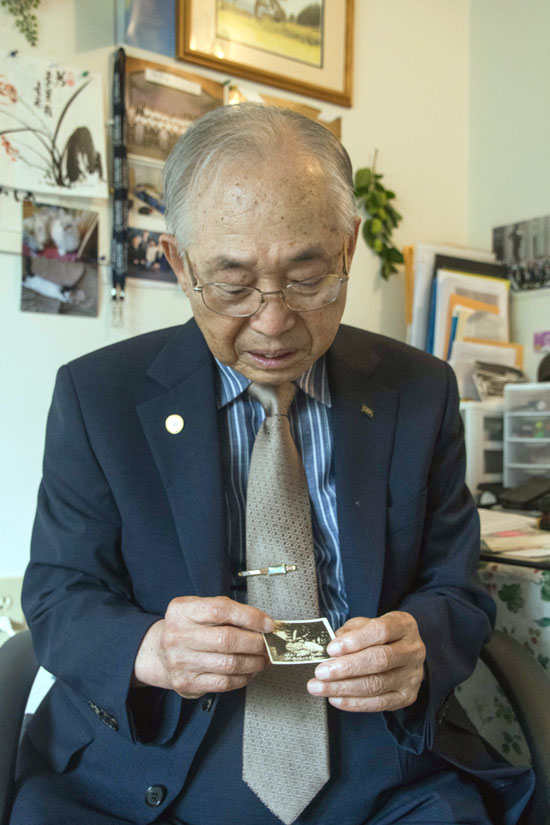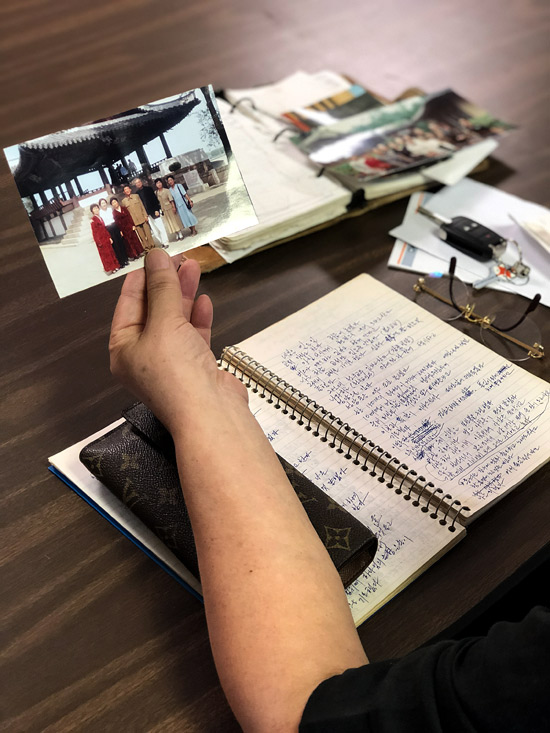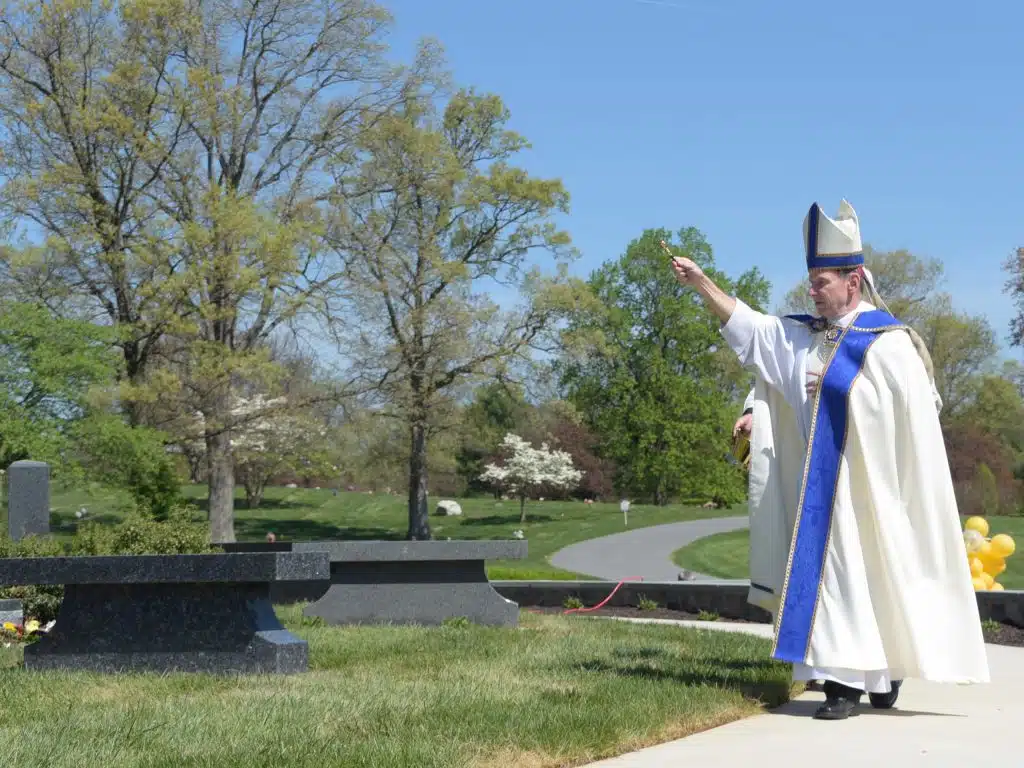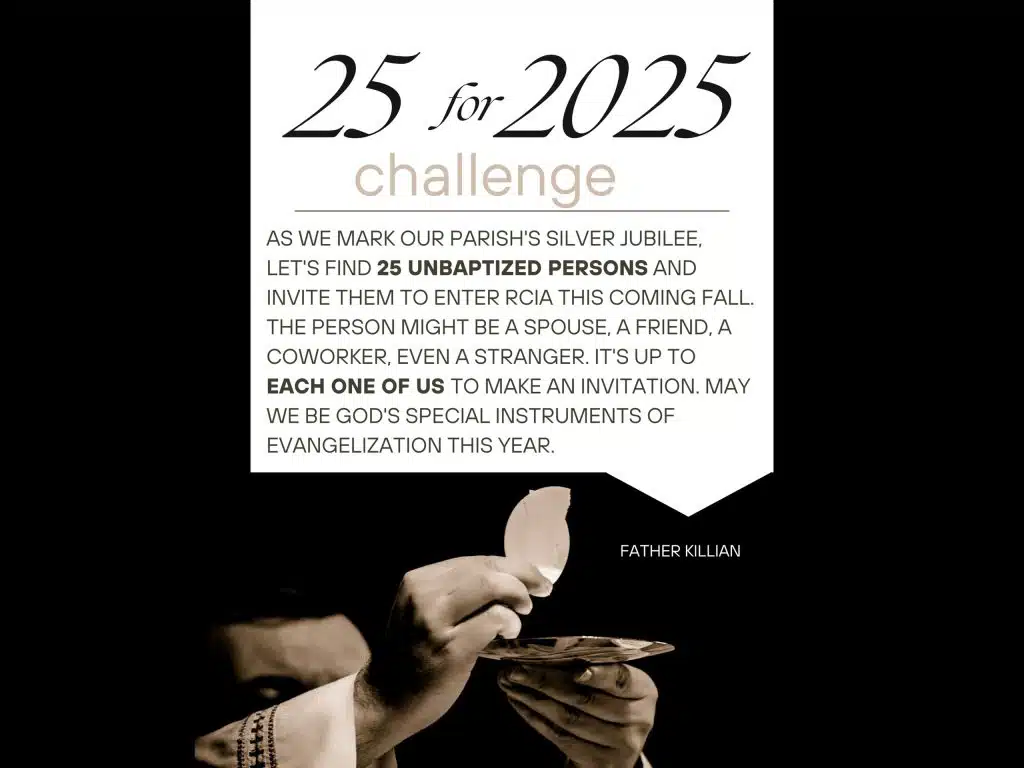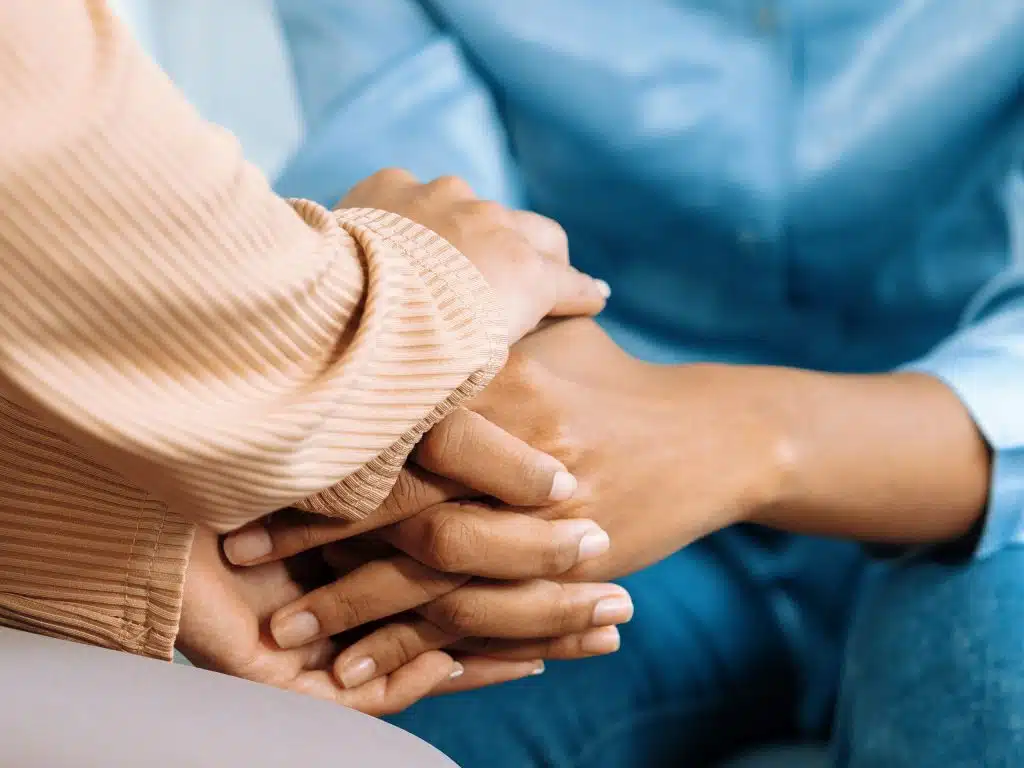Subscribe to the Catholic Herald podcast on iTunes, Stitcher or Google Play Music.
Myung Ki Min was 8 years old when he escaped from North Korea. His parents decided to flee in 1948 after the communist government seized their land. In the middle of the night, his parents woke him and his siblings. Carrying a small bag, he walked with them through the night to and across the 38th parallel — the line separating North and South Korea.
Though Min and thousands of others made it to the south, they often left family behind. Communication between Koreans in the north and south is nearly impossible to this day, and many are left wondering the fate of their loved ones.
Min’s father died in 2006 with one final wish — that his children visit his brother in North Korea. But when they were able to track down their uncle’s whereabouts, they learned he had been killed by an American bomber decades earlier. Min believes all the family he knew in the north has passed away.
But many others cling to the hope that they can see their long-lost relatives in the north before they die. In recent years, several reunions, sanctioned by both Koreas, have let mothers, fathers, children and siblings spend a few days with each other in a Mount Kumgang resort. But as time passes, the list dwindles as Koreans die while waiting.
Min serves as the chairman of Korean Assembly for Reunion of Ten-million Separated Families, Washington branch. He encourages Koreans in the Washington area to sign up for the lottery that connects relatives in the north and south. The odds of being chosen are 500 to 1, said Min, who added that so far, none in the DC metro area have been selected.
But with ongoing talks between South Korean President Moon Jae-in and North Korean Leader Kim Jong Un, he thinks there’s a possibility of more frequent meetings between separated families. He only hopes that happens soon.
“There’s agony for those who are aging, mostly in their 80s and 90s. Their lifelong wish is to meet with their family before they pass away,” said Min, a parishioner of St. Paul Chung Church in Fairfax. “I’m working day and night on this issue, to lower the suffering of the people who have suffered so long.”
The separation
In 1946, Kyungjoo Lee was a senior in high school. It would be four more years until the start of the Korean War, but already there was great tension between those who believed in communism and those who favored democracy. During a student demonstration against communism, Lee witnessed North Korean police firing on the crowd. “It was a lawless situation,” he said.
Without telling his family, Lee fled to the 38th parallel and waited until it was dark. He then threw a stone, testing whether the noise would rouse the Soviet Union troops who were guarding the border. When it didn’t, he slipped across.
Though he knew no one in the south, Lee found ways to support himself and enrolled in Korea University in Seoul. When he was a junior, he volunteered to fight in the Korean War. Just as his unit was about to engage the Chinese troops who were supporting the north, he was asked to enroll in officer school.
After completing the training, he became a platoon leader and was often sent to the frontlines. During one conflict, a bomb exploded and shrapnel hit him all over his body. Scars from the attack are still visible on the 90 year old’s arms. Because of his injury, he was discharged, the same year he was commissioned — 1951.
Kyungjoo Lee holds a picture of himself from when he served a soldier during the Korean War.
ZOEY MARAIST | CATHOLIC HERALD
While recovering in the hospital, he learned his mother and sisters-in-law had escaped from the north by boat. They were living with other refugees in the south on Geoje Island. Their journey is known as the Christmas Miracle as the American ship that was supposed to transport troops and equipment to South Korea instead carried thousands of North Koreans, including President Moon’s parents, to safety on Christmas Day.
As Lee searched for his mother, he hid his injured arm so as not to alarm her. He found her living in a storage building where fish had been kept. On the floor there was nothing but straw, trampled smooth by many feet. “Through the roof I could see the stars,” he said.
Lee is the youngest of six siblings. All of the others were trapped in the north. At 90 years old, he believes he is probably the only one living. But even if he knew they were alive, he wouldn’t try to visit. “It could be such a happy moment but that’s only momentarily,” he said.” I couldn’t bear that suffering.”
Journey to the north
Sueng Ki Kahng had thought his older brother was dead but he received a request to meet with him through the Red Cross, the intermediary for Korean family reunifications. The whole family was shocked by the news that he was still alive. “It was beyond words,” said Kahng. “It’s a feeling that the deceased person has come alive.”
Kahng was in fifth grade when his older brother, a high school senior, defected with two other friends to the north. As with many other Koreans, Kahng’s family was very poor. “That was right after the Japanese occupation for 36 years. (Those who were) angry at the Japanese or at the inability of the Korean government (to lead) were leaning toward communism,” said Tschangho John Kim, a fellow parishioner of St. Paul Chung who served as translator. “Communist propaganda sounds good because it says, ‘We are for you, we are for everybody, we are for the poor, we are for the neglected.’ ”
In 2002, with just five days prep time, Kahng packed his bags and went to visit his brother along with hundreds of other South Koreans seeking family members. From south to north they traveled by cruise ship, which also served as their hotel.
As they took the 30-minute bus ride to the meeting place, Kahng saw propaganda plastered on every building, and on the face of every mountain. The North Korean soldiers he saw were skinny and small. He learned that before saying the leader’s name, North Koreans always preceed it with “Greatest” or “Greatest Comrade.”
Though he and his brother had two hours in private, the meals were monitored by northern agents, said Kahng. His brother had a high position in the military, which allowed him to provide for his six children. However, they still are without food for four or five days every month, said Kahng. His brother’s son, who is also in the military, uses his influence to provide for his father as much as he can, Kahng’s brother told him.
Though the brothers weren’t able to talk about ideology, Kahng said his brother seems “brainwashed.”
A final resting place
Hee Cho’s husband, Jeung Hyun Cho, escaped from North Korea with his father when he was 9 years old. He never saw his mother or his brother again. But he always dreamed of returning to the north to see what family he was left.
In 2002, Hee and Jeung Hyun took an expensive and clandestine route into North Korea to meet with his two sisters and their children. Through their private connection, they had been able to exchange letters and photos with his family, said Hee, a parishioner of St. Paul Chung.
“It’s a big decision to go to the north, but I feel that I am fortunate to be able to go before I die,” Jeung Hyun wrote in his journal.
Hee Cho, a parishioner of St. Paul Chung Church in Fairfax, looks through her husband’s journal and pictures of trip to visit his family in North Korea.
ZOEY MARAIST | CATHOLIC HERALD
Hee, Jeung Hyun, and his family met in a hotel in Pyongyang. When they saw each other, they hugged and wept. Though they never visited his sisters’ homes, Hee feels they are living with some difficulties, though better off than many North Koreans. Two-thirds of the luggage Hee and her husband brought were filled with medicine as gifts for the family.
While there, the couple toured famous North Korean sites. They also went to church. Though there are no priests living in the country, Catholics are able to hold prayer services. Jeung Hyun wrote, “I opened the door and I was so surprised to see the 150 seats were filled. About 10 choir members were singing hymns so loudly that it struck my emotion and devotion. I prayed to God to give us health and for the unification of Korea.”
Several years after the trip, Jeung Hyun died of skin cancer. Hee said that her husband never understood why people cry out for their mother as they die. But as he was suffering, he found that calling for his mom in English and Korean relieved his pain.
Hee had her husband’s remains cremated, and prayed she would be able to lay him to rest next to his mother in North Korea. On her behalf, Min reached out to the unification ministry and to the Red Cross, but both replied that it couldn’t be done.
Still, the Korean-Americans hope future inter-Korean summits will lead to more reunifications. The fate of so many mothers and sons relies on the negotiations between both sides of the 38th parallel.
